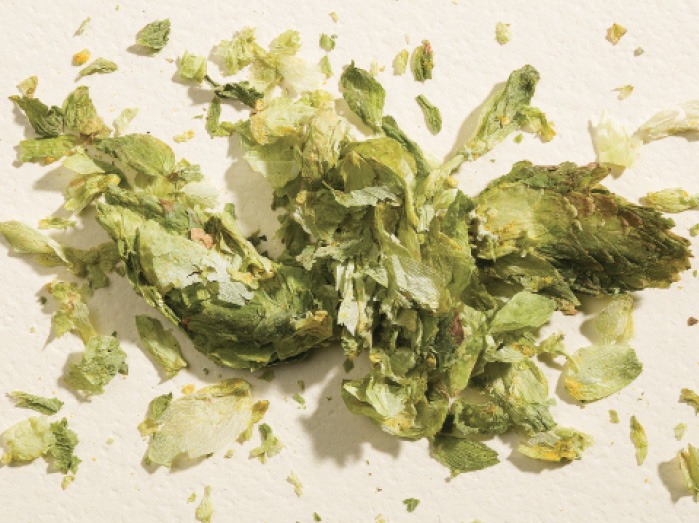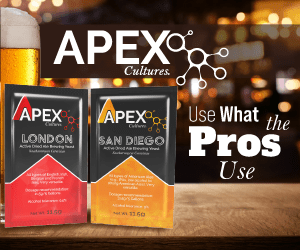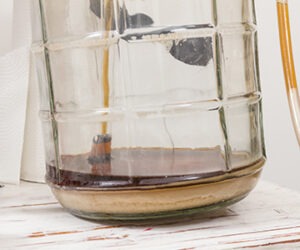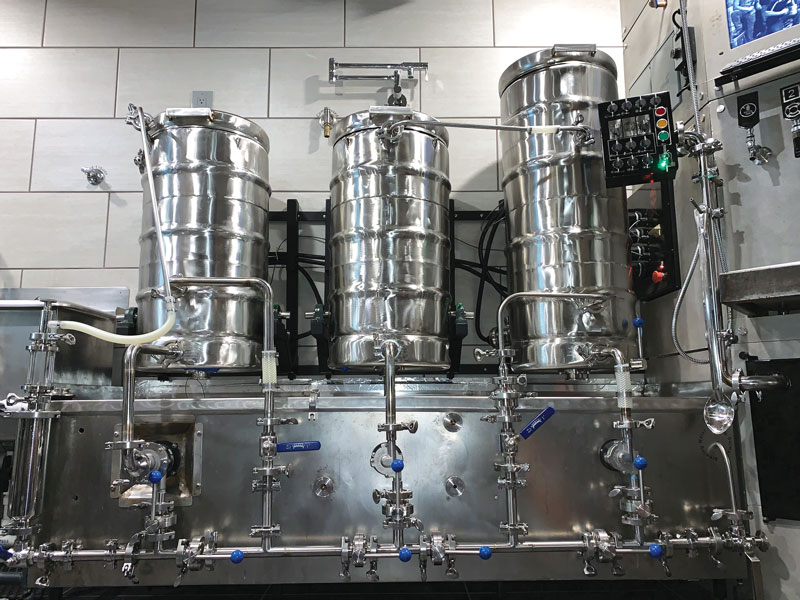Let’s Talk Hop Shop

In this installment, we’ll discuss the intricacies of hops and learn some of the key components that every homebrewer should understand in order to “talk hop shop.”
Hop Anatomy
Hop cones are actually the fruit of the female Humulus lupulus plant. Hops are bines, meaning they don’t use tendrils for support. Each hop cone has bracts and bracteoles (which look like mini-leaves) that cover up the lupulin glands found clustering around the strig (or central pole) of the hop cone. The lupulin glands are yellow when the cone has ripened and the lupulin powder contains all the resins (alpha and beta acids) and oils (hundreds of various compounds) that brewers desire. In a ripe hop cone, lupulin powder accounts for between 20–30% of the weight of a dried hop cone. The main components of the lupulin gland that brewers focus on are the alpha acids, the beta acids, and the essential oils.
Hop’s Resins
The hop cone’s resins have traditionally been the focus of research studies (along with disease resistance, and yield) and brewers’ attention in the past. Homebrewers will almost always find a particular hop’s alpha acid percentage on the hop’s packaging. This is because alpha acids most commonly are attributed to providing the bitterness and subsequently the preservative effects that characterize boiled hops. The percentage alpha acids are the weight of the alpha acid resins when compared to the total weight of the dried hop cone, often between 2–20% of the weight.
There are five different classes of alpha acids; most common to brewers are the adhumulone, cohumulone, and humulone. Cohumulone has long been notorious among brewers; with cohumulone thought to be the harshest of the alpha acid resins. But more recent studies show that cohumulone simply isomerizes more easily then the other resins. The isomerization process is a molecular rearrangement and when alpha acids isomerize, they turn from a somewhat bitter compound into a very bitter compound, about nine times more bitter in fact. This isomerization process occurs more quickly at warmer temperatures and is one reason brewers boil their wort. Isomerized alpha acids (iso-alpha acids) are also much more soluble in beer than their non-isomerized cousin. Without the isomerization process, alpha acids would not be able to contribute much to the bitterness found in the beer.
Beta acids are another resin that can contribute to a beer’s bitterness, but whose impacts are much smaller than alpha acid’s. Just like alpha acids, there are five beta acids that account for between 1–10% of the weight of a dried hop cone. A hop’s beta acids don’t isomerize during the boil, but during longer-term aging of hops, these beta acids can transform (oxidize) and create bitterness.
Essential Oils
Many of the newer hop research and hop varieties being released today focus more on the lupulin gland’s essential oils, rather than the resins. The majority of essential oils are highly volatile, meaning that they will be boiled out of wort during brew day but also they can be highly aromatic and the flavoring component to hops. They are also fairly unstable so aging an aromatic IPA is not advisable. While there are hundreds of essential oils in hops, brewers tend to focus on a few key oils such a myrcene and humulene. Essential oils only constitute about 0.5–3% of the weight to the cone, but their impacts can be potent.
Hop Timing
The time that hops are added during brew day or after brew day is determined by what the brewer is looking to get out of the hops. Adding hops early in the boil increases the bittering aspect of the hops since more alpha acids can convert to iso-alpha acids. Adding them later in the boil emphasizes the essential oils, providing more flavor and aromatics to the beer. But just because you add the hops earlier in the boil, doesn’t mean that no essential oils will be retained to provide hop character. And just because you add hops near the end of the boil, doesn’t mean those hops won’t provide bitterness. But brewers can accentuate one feature over the other depending on when they add the hops. For the most aroma, brewers will add hops very late in fermentation or after fermentation is complete. This is known as “dry hopping” a beer.
Hop Forms
Homebrewers most often utilize whole hop cones or hop pellets (processed hop cones) for brewing. But there are many newer products available to brewers these days including CO2 hop extracts (e.g., HopShot®) and purified lupulin powder (e.g., Cryo Hops®) that can be used for bittering, flavor, and aroma. Both products have the lupulin separated from the remaining vegetative material of the hop cone, which helps brewers with yields, reducing vegetative material and associated off-flavors. Homebrewers are also now starting to see distilled essential oils show up in the market. The distilled oils provide just that, the essential oils without the resins, so they cannot be used for bittering but can provide a flavor and aroma kick to a beer if the brewer so desires. First time users of all these hop extracts and oils should follow manufacturer’s directions when starting to experiment with them.



